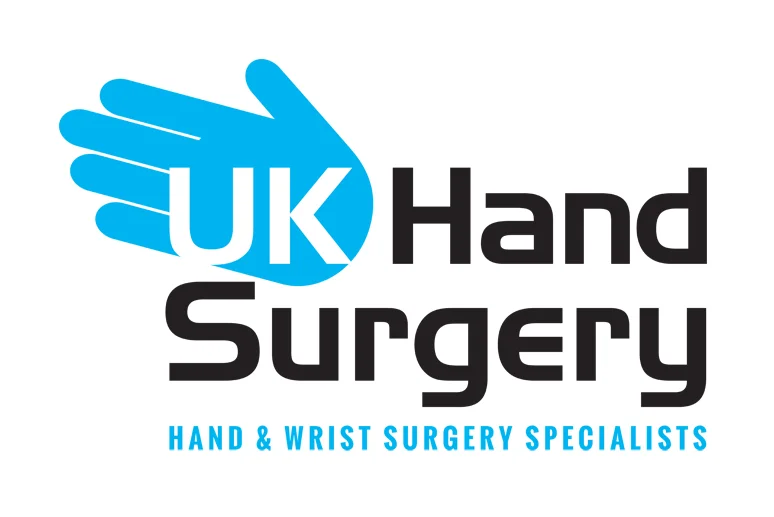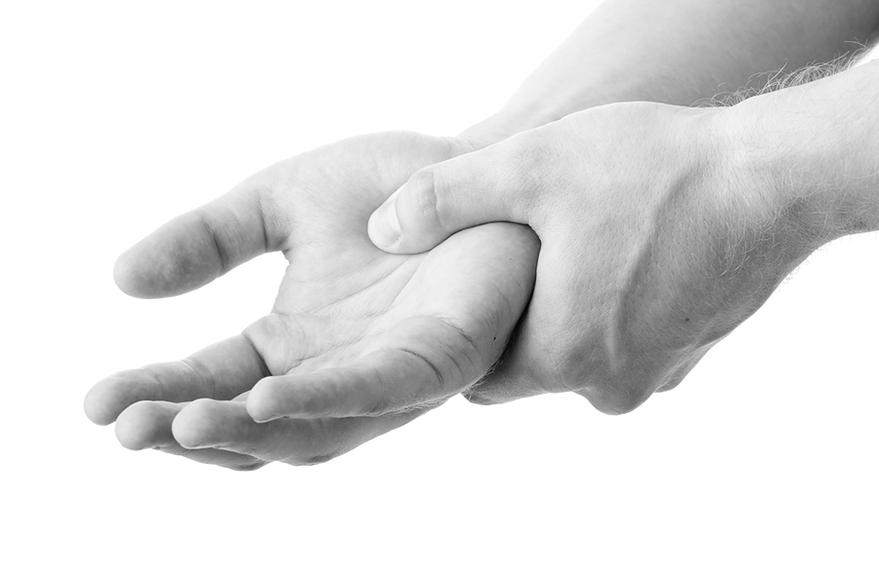Trigger Finger
Trigger Finger (or trigger thumb) is a condition that causes the finger to “lock” or “catch” in a flexed position. This can happen intermittently with certain activities in mild cases, or whenever the finger is flexed in more severe cases. The patient often has to manipulate the finger to release the triggering. The triggering can cause pain and stiffness.
It is caused by swelling of one of the tendons or tunnels (tendon sheaths) that the tendons run in, that run along your fingers and thumbs. This swelling makes it difficult for your tendon to slide through the tunnel surrounding the affected tendon, or vice versa, causing the pain and stiffness associated with trigger finger. The swelling can lead to a section of tendon becoming thicker than normal, which catches on the way through the sheath - a bit like pulling a piece of string through a hole that is too small. This causes the affected finger or thumb to become temporarily stuck in a bent position. The affected tendon may then suddenly pop through the sheath, releasing your finger like the release of a trigger.
The exact cause of trigger finger is not fully understood and, in most cases, is never known. However, several things may increase your risk of developing trigger finger:
- Trigger finger is more common in women than men
- Trigger finger is more common in adults in their 40s and 50s
- Previous hand injury – trigger finger may be more likely to develop after injuring the base of your finger or palm
Treating Trigger Finger
Non-invasive treatment measures include the wearing of a splint, hand exercises, adapting normal activities and taking anti-inflammatory medications. Steroid injections around the tendon at the point of triggering are usually the next line of treatment, as they help to reduce the inflammation and restore some of the freedom of movement of the tendon through its sheath and pulley. Steroid injections can take a few weeks to take maximum effect, and can be performed in the clinic.
Persistent or severe symptoms are likely to require surgical treatment, surgery aims to release the tendon from the inflamed sheath by making a small cut. This can be done under local anaesthetic as daycase surgery. After surgery the adoption of a regular hand exercise regime will aid recovery and 2 weeks off work is usually recommended depending on your job.







